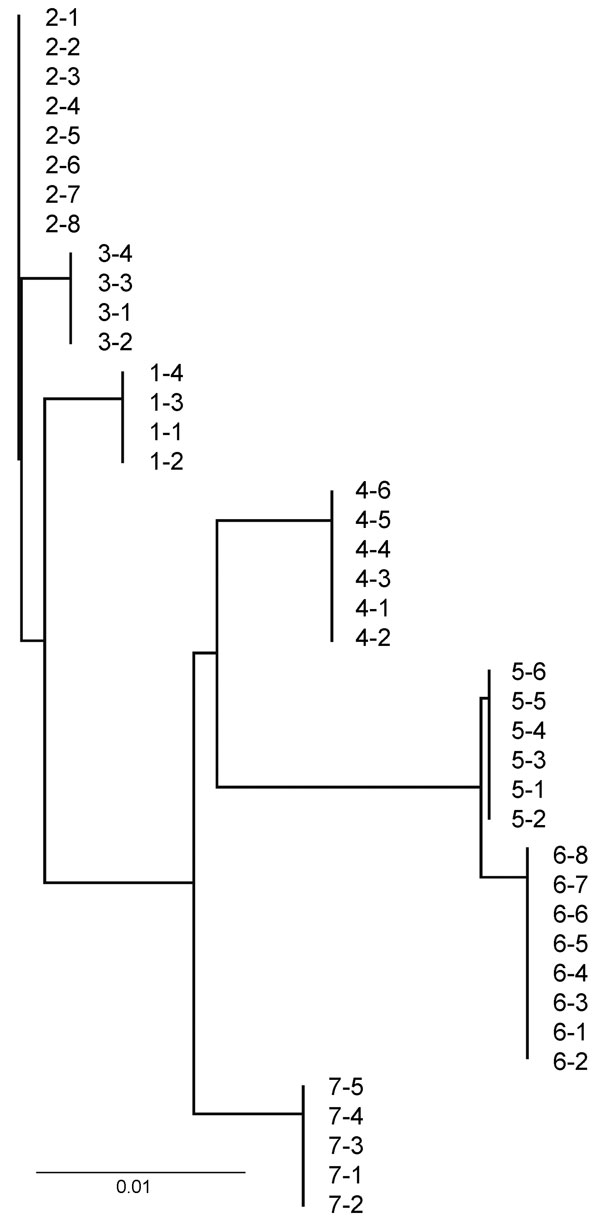Causes of Pneumonia Epizootics among Bighorn Sheep, Western United States, 2008–2010
Thomas E. Besser

, Margaret A. Highland, Katherine Baker, E. Frances Cassirer, Neil J. Anderson, Jennifer M. Ramsey, Kristin Mansfield, Darren L. Bruning, Peregrine Wolff, Joshua B. Smith, and Jonathan A. Jenks
Author affiliations: Washington State University, Pullman, Washington, USA (T.E. Besser, M.A. Highland, K. Baker); Washington Animal Disease Diagnostic Laboratory, Pullman (T.E. Besser); US Department of Agriculture Agricultural Research Service, Pullman (M.A. Highland); Idaho Department of Fish and Game, Lewiston, Idaho, USA (E.F. Cassirer); Montana Fish, Wildlife and Parks, Bozeman, Montana, USA (N.J. Anderson, J.M. Ramsey); Washington Department of Fish and Wildlife, Spokane Valley, Washington, USA (K. Mansfield); US Department of Agriculture Animal and Plant Health Inspection Service, Olympia, Washington, USA (D.L. Bruning); Nevada Department of Wildlife, Reno, Nevada, USA (P. Wolff); South Dakota State University, Brookings, South Dakota, USA (J.B. Smith, J.A. Jenks)
Main Article
Figure

Figure. Neighbor-joining tree of ribosomal intergenic spacer region DNA sequences of Mycoplasma ovipneumoniae PCR-amplified from bighorn sheep lung tissues, western United States, 2008–2010. Isolate codes are those from Table 4 and Table A1. Scale bar indicates nucleotide substitutions per site.
Main Article
Page created: February 16, 2012
Page updated: February 16, 2012
Page reviewed: February 16, 2012
The conclusions, findings, and opinions expressed by authors contributing to this journal do not necessarily reflect the official position of the U.S. Department of Health and Human Services, the Public Health Service, the Centers for Disease Control and Prevention, or the authors' affiliated institutions. Use of trade names is for identification only and does not imply endorsement by any of the groups named above.
